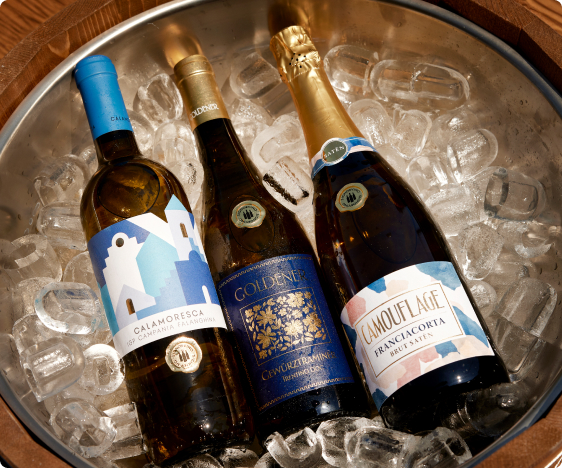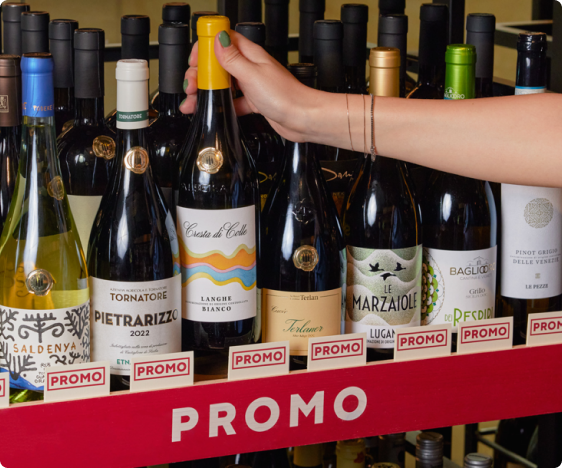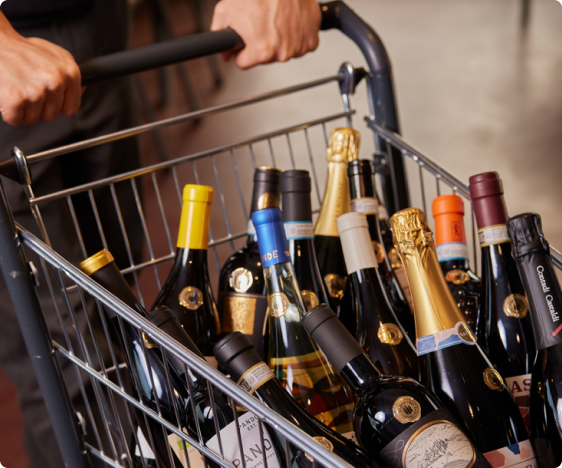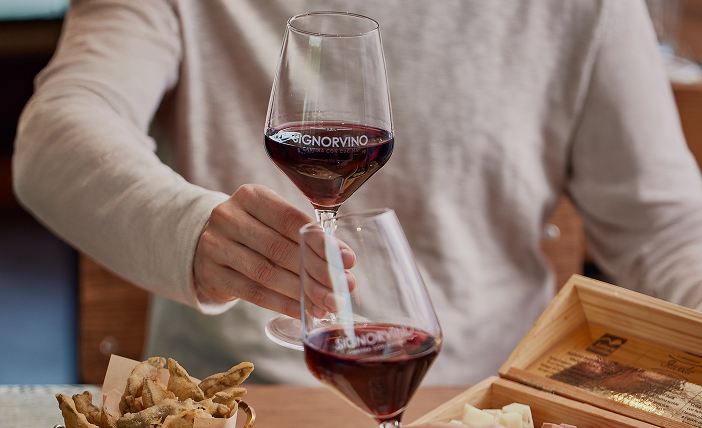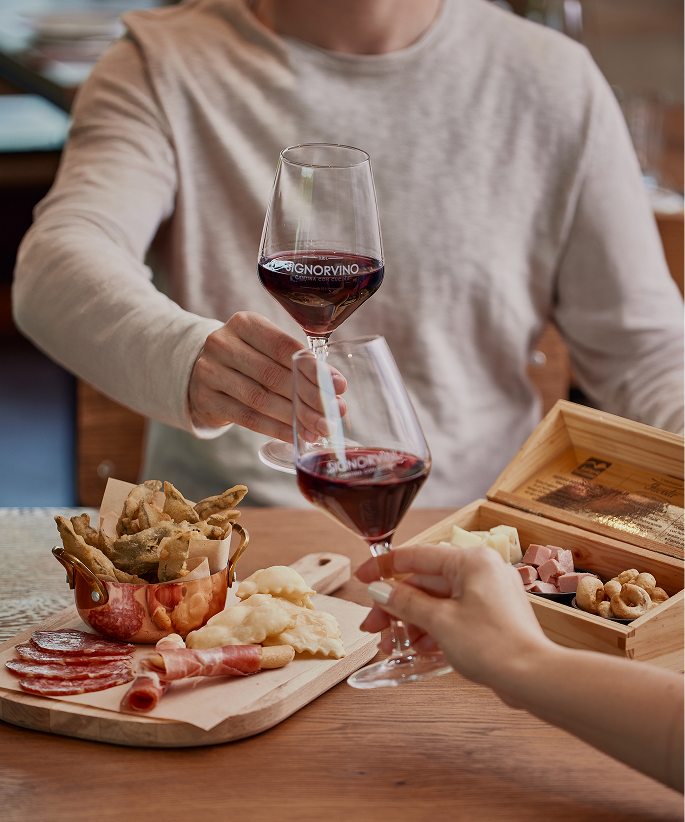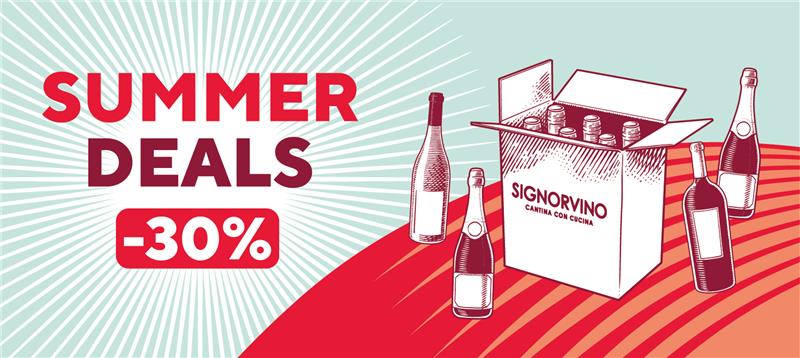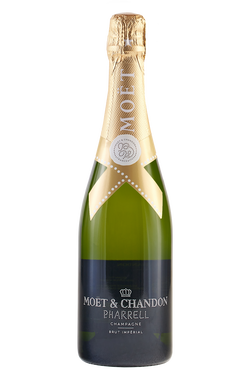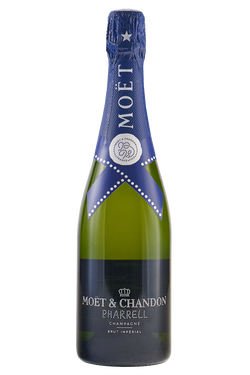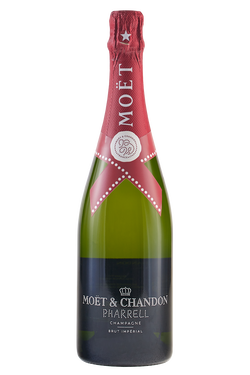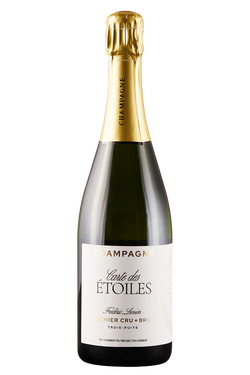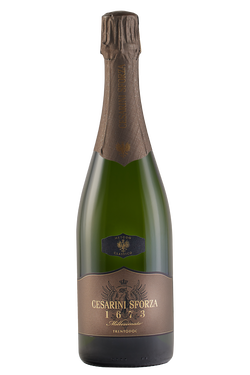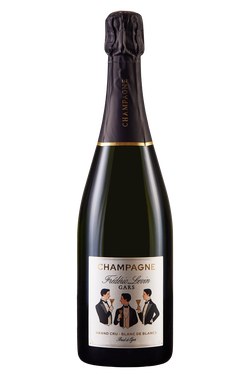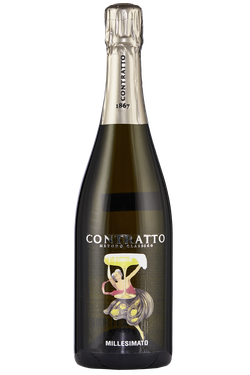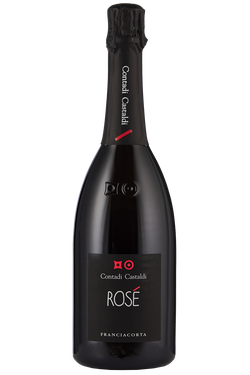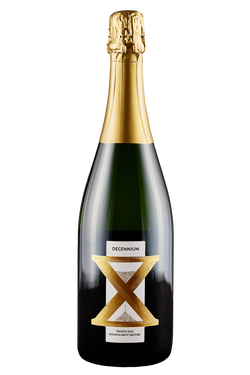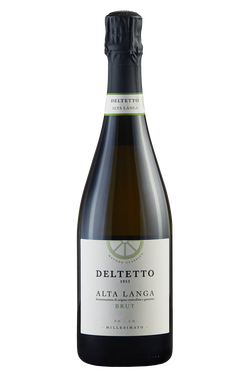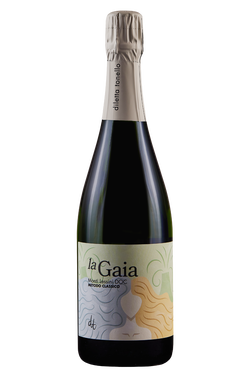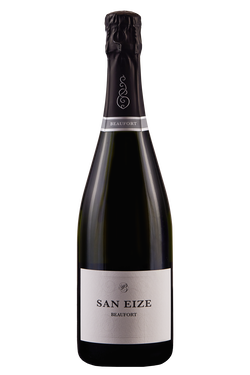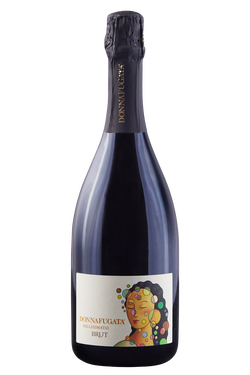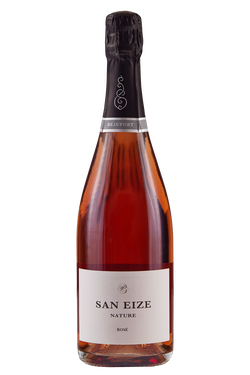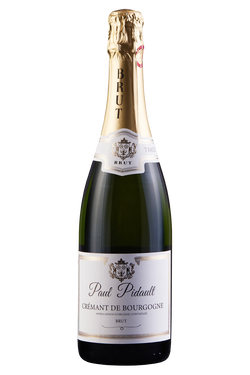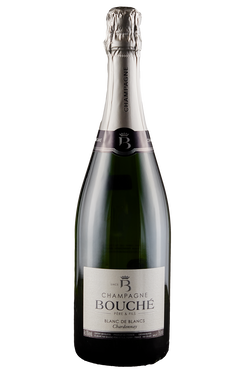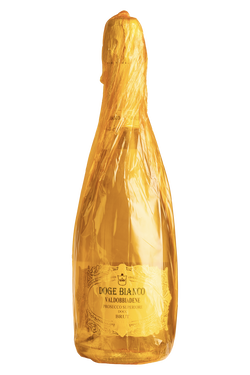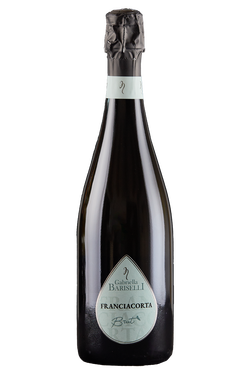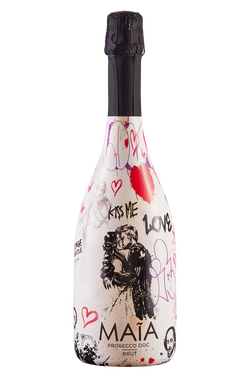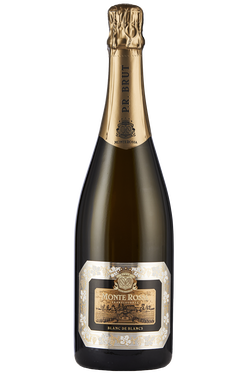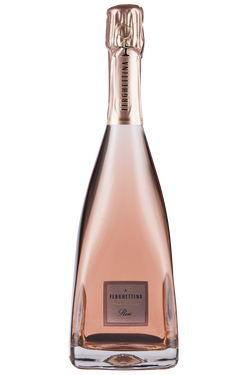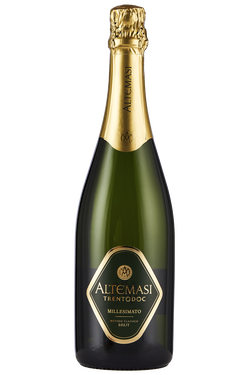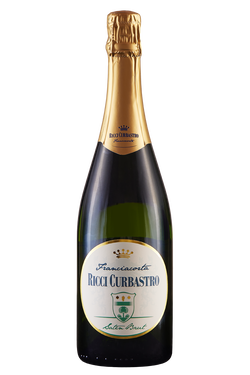Important regions and DOC zones for Italian sparkling wines
Wonderful sparkling wines are produced throughout the Bel Paese, which can bring a touch of cheer to important moments, not only at the end of a meal, but also during it. A bottle of sparkling wine can keep you company from the aperitif to pasta, risottos and main courses based on fish, and, in the sweet version, right through to dessert. There are some DOC zones that over the years have become synonymous with quality sparkling wine: Franciacorta, Trento Doc, Oltrepò Pavese, Prosecco, Valdobbiadene, and Prosecco Cartizze are just some of these great names. The varieties most used for Metodo Classico wines are Chardonnay, Pinot Noir and Pinot Blanc, while Glera is the variety used for Prosecco. There are also a myriad of alternative (very good!) sparkling wines produced in emerging territories from native Italian varieties, such as Puglia’s Negroamaro or Turbiana, from which sparkling Lugana is made. In short, you are spoilt for choice, so let your curiosity guide you!
The production of Italian sparkling wines
Sparkling wine production techniques are divided into two broad categories: Metodo Classico and Charmat Method (or Martinotti Method). Metodo Classico envisages second fermentation in the bottle, as in the case of Franciacorta, Trento and Oltrepò Pavese, while the Martinotti method uses a pressure tank, as with Prosecco. The first production phase of the Metodo Classico process is the cuvée, i.e. the blending of the previously fermented base wines. If the blend is made up of at least 85% of wines from the same vintage, the term “millesimato” with the year of the vintage may be shown on the label. The cuvée is bottled with the addition of sugars and yeasts to start secondary alcoholic fermentation, which will produce the much-loved bubbles. After the yeasts have used up the sugars, the next stage is remuage, i.e. the daily rotation of the bottles on trestles (pupitre) or round pallets, to let the lees (exhausted yeasts) flow down to the cork.
Production phases
The time a spumante spends maturing on the lees affects its complexity and quality. Each production protocol effectively establishes the minimum number of months required on the lees for a specific product to be included in the designation. Finally, disgorgement (or dégorgement) is used to remove the deposit of lees, which is forced out by the internal pressure in the bottle. Depending on the type of spumante, it may be topped up with wine alone, as in the case of a Pas Dosé, or with the addition of a sugary syrup (liqueur d’expedition), which determines its dosage (Brut, Extra Brut, Extra Dry etc.). In the case of the Martinotti-Charmat Method, fermentation takes place in large pressure tanks, and the subsequent time spent on the lees is very short. The resulting product will show less complexity than a Metodo Classico wine.
Pairings with sparkling wines
For too long relegated to use as an aperitif or at parties, over recent years Italian sparkling wines have gained an important place in the daily consumption of wine lovers. A Metodo Classico wine can accompany an entire dinner, from appetizers to meat main courses: start out with a Franciacorta Satèn with avocado and prawn canapés, to then continue with a Pas Dosé and some wonderful oysters. If you love sushi, try pairing it with an Extra Brut, while if you are drinking a Brut Rosé from Pinot Noir, go for something more complex, such as a rich risotto with salami. Prosecco, meanwhile, goes well with a simple appetizer of mixed cured meats, or delicate dishes based on fish or vegetables. You are spoilt for choice, so experiment!
